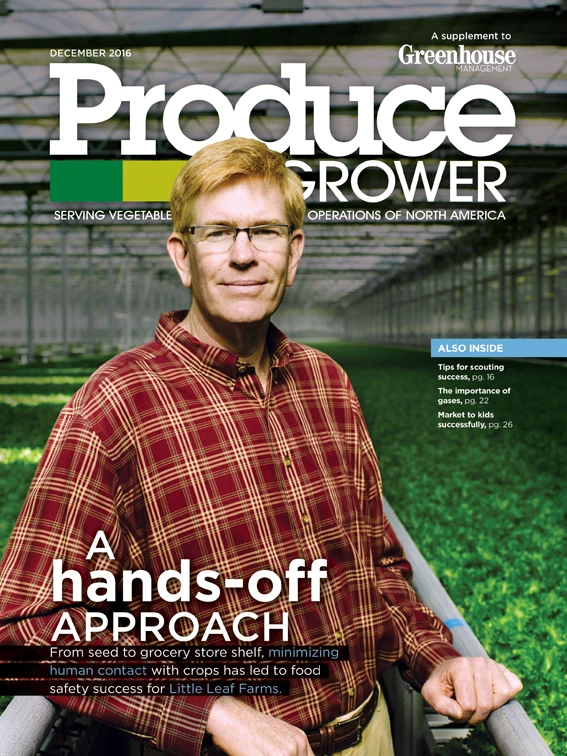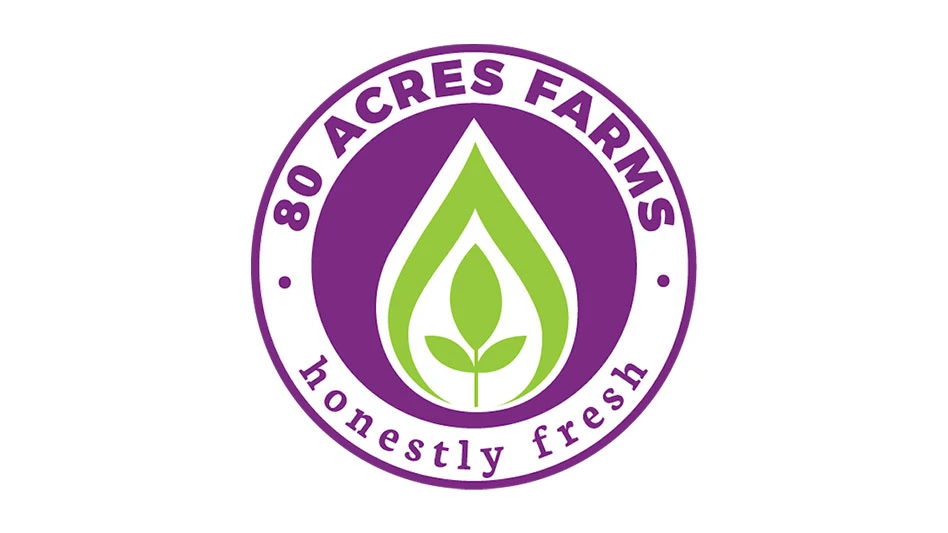
No one likes going through airport security. The lines are long, the TSA agents (and sometimes other passengers) are grumpy, and it’s unpleasant to walk barefoot across a cold, tile floor. With the seemingly interminable wait times during peak flying times, travelers have a lot of time to think about the inconvenience and grumble about there being a better way to do this.
It seems that the travelers weren’t the only ones thinking about the room for improvement. United Airlines announced a few days ago that it has installed automated screening lanes for its passengers at the Chicago O’Hare International Airport. According to a United press release, “The new lanes enable up to five customers to fill their individual bins simultaneously and move through the screening process quicker, even if TSA agents need to perform additional screening on a customer further up the queue. The lanes also utilize a parallel conveyor system that automatically returns empty bins to the front of the queue.” No more waiting impatiently as the person in front of you unpacks their computer, iPad and cosmetics bag and empties their pockets. With this system, you theoretically should be able to move around the person to another empty bin.
But turning it back to horticulture, I had an interesting conversation recently with a researcher who is working on improving automation and robotics in horticulture after spending much of his professional career working in the automotive industry. When I asked him why he thought this technology was further behind in horticulture than in other industries, he explained that that wasn’t the case. It’s not that the horticulture industry is necessarily behind, it just hasn’t experienced the same kind of pressure and need to innovate as other industries have until recently. As energy costs have risen, natural resources have become unreliable and scarce, and labor availability has become more of a concern, the horticulture industry has now begun to redouble its efforts to automate and innovate.
This couldn’t be clearer than in the case of our cover grower, Little Leaf Farms, the baby greens and lettuces producer on this month’s cover. In order to attain maximum efficiency levels with minimal labor and inputs, and adequately serve its market year-round, the company installed a high-tech, highly automated hydroponic growing system in its greenhouse. With it, Little Leaf is able to remain “hands-off” and minimize food safety risks along the entire growing cycle. Get the full story here.

kvarga@gie.net | (216) 393-0290
Twitter: @Karen_GIE
Get curated news on YOUR industry.
Enter your email to receive our newsletters.
Explore the December 2016 Issue
Check out more from this issue and find your next story to read.
Latest from Produce Grower
- University of Evansville launches 'We Grow Aces!' to tackle food insecurity with anu, eko Solutions
- Lawsuit challenges new H-2 visa rules
- Q&A: Sandra Eskin Leads Food Safety Advocacy Organization, STOP, as CEO
- Find out what's in FMI's Power of Produce 2025 report
- The Growth Industry Episode 3: Across the Pond with Neville Stein
- Martin A. Makary Sworn in as FDA Commissioner
- PG CEA HERB Part 2: Analyzing basil nutrient disorders
- LettUs Grow, KG Systems partner on Advanced Aeroponics technology








